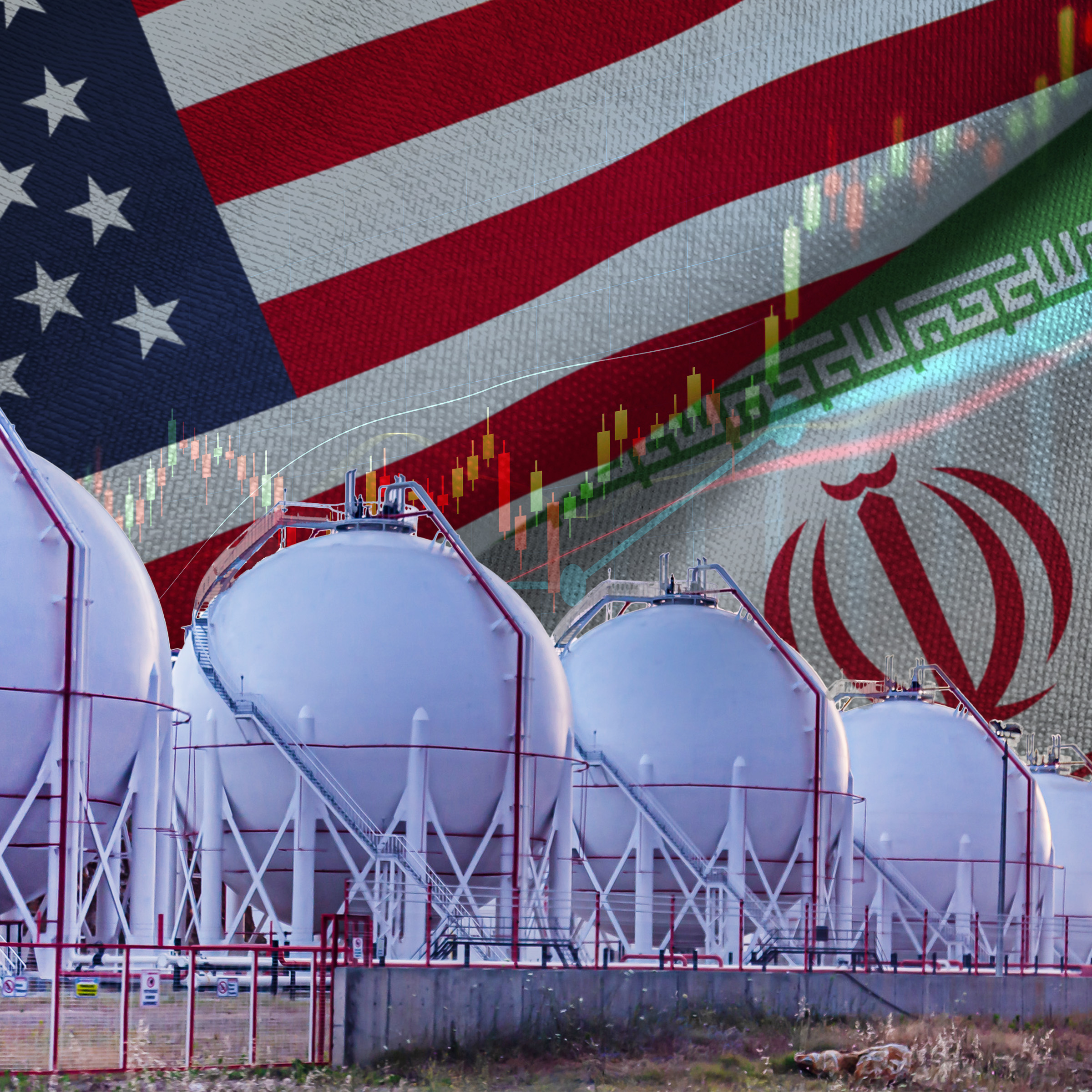
Gas prices surge as U.S. attacks Iran
Short term:
Over the course of last week, weather conditions changed significantly. Unlike previous weeks, there was very little wind and it became much warmer. Temperatures rose above 30°C around the weekend. During such periods, power demand increases due to the growing use of air conditioning, while solar panels become less efficient. Wind speeds started to pick up again on Sunday. The average spot price was 76 €/MWh, up from 62.8 €/MWh the week before.
The drop in wind production was not the only factor driving spot prices higher — gas also played a role. Throughout the week, there was speculation about whether the United States would intervene in the conflict between Israel and Iran. President Trump issued several statements saying Iran should negotiate to avoid escalation. Later, he left it unclear whether he would target Iran’s nuclear facilities. Toward the end of the week, he said Iran would have two weeks to strike a deal with the U.S.
On Tuesday afternoon, it was reported that QatarEnergy’s vessels were instructed to wait outside the Strait of Hormuz until their scheduled loading/unloading days, which pushed gas forwards upward. On Thursday, news emerged that companies like Shell were acting “very cautious” in Middle Eastern waters. Not just Shell, but other maritime operators were advised to avoid Iranian waters. The narrowest part of the Strait of Hormuz is about 33 km, but the actual shipping channel is only 3 km wide in both directions. Meanwhile, roughly 1,000 vessels navigating the area last week were dealing with (possibly intentional) GPS disruptions.
The July gas contract closed about 3 €/MWh higher at 40.9 €/MWh on Friday. Following the Sunday night news that the U.S. had bombed Iranian nuclear sites, the day-ahead TTF contract traded above 43 €/MWh. CO2 prices dropped last week: December 2025 closed at 73 €/EUA. Coal became more expensive: the July contract rose by about 3 € to 92.8 €/MWh. As gas became more expensive, Dutch power prices also rose. July closed nearly 3 € higher at 81.8 €/MWh, while August rose by 4 € to 86.2 €/MWh. Clean spark spreads in the Netherlands fell further, with July dropping around 2 € to -22 €/MWh.
Electricity (€/MWh)
Gas (€/MWh)
Long term:
On Tuesday, French energy company EDF provided an update on the corrosion that was found in the Civaux 2 nuclear reactor. It confirmed that corrosion was indeed present and that further investigation will take place, but it does not expect this to impact total electricity production in 2025. The company previously forecasted that around 350 to 370 TWh of electricity would be generated by nuclear power in France, and this remains unchanged.
TTF for 2026 also increased, albeit more modestly: the forward rose by 2 euro to 38.1 €/MWh. CO2 for next year dropped by 3 euro to 74.9 €/EUA. Despite the higher gas prices, Dutch power prices declined slightly as the CAL-26 contract dropped by around 0.5 euro to 88.4 €/MWh. As a result, the clean spark spread for 2026 fell significantly – nearly 4 euro – reaching -11 €/MWh.
Base (€/MWh)
Peak (€/MWh)
Gas (€/MWh)
CO2 (€/MWh)
Sign up for our weekly market report
Enter your details below and receive the weekly market report in your mailbox for free.
Want to know more about us?
Contact us via our contact page or find out more about our company on the about us page.

